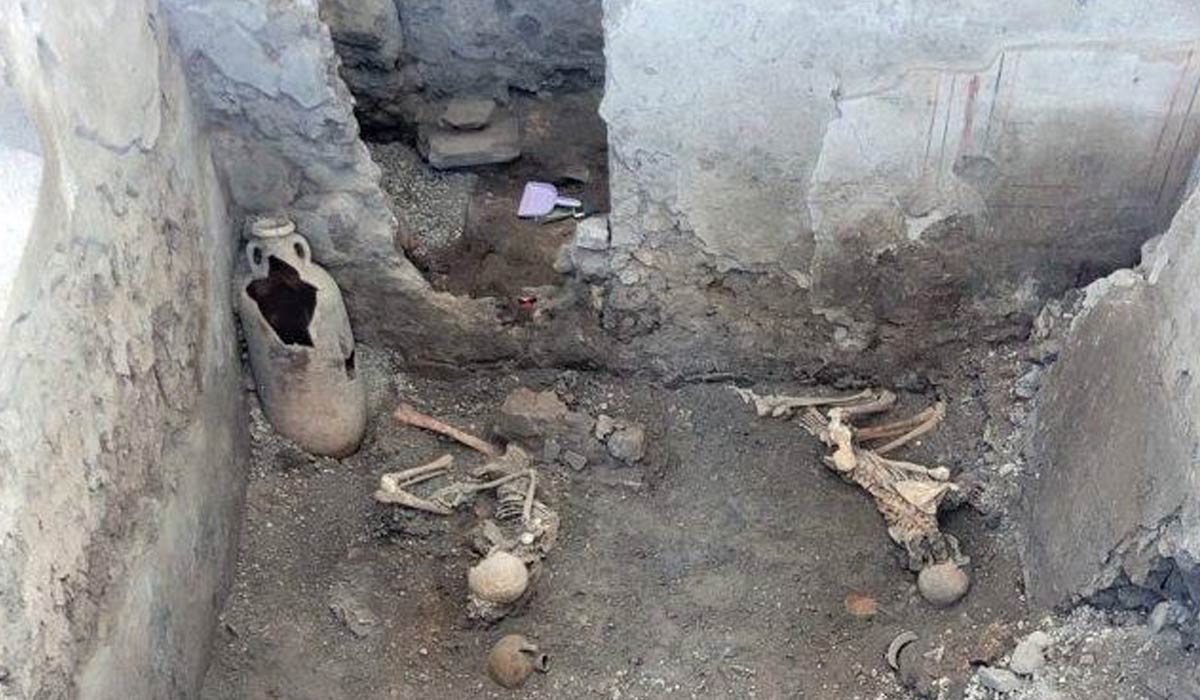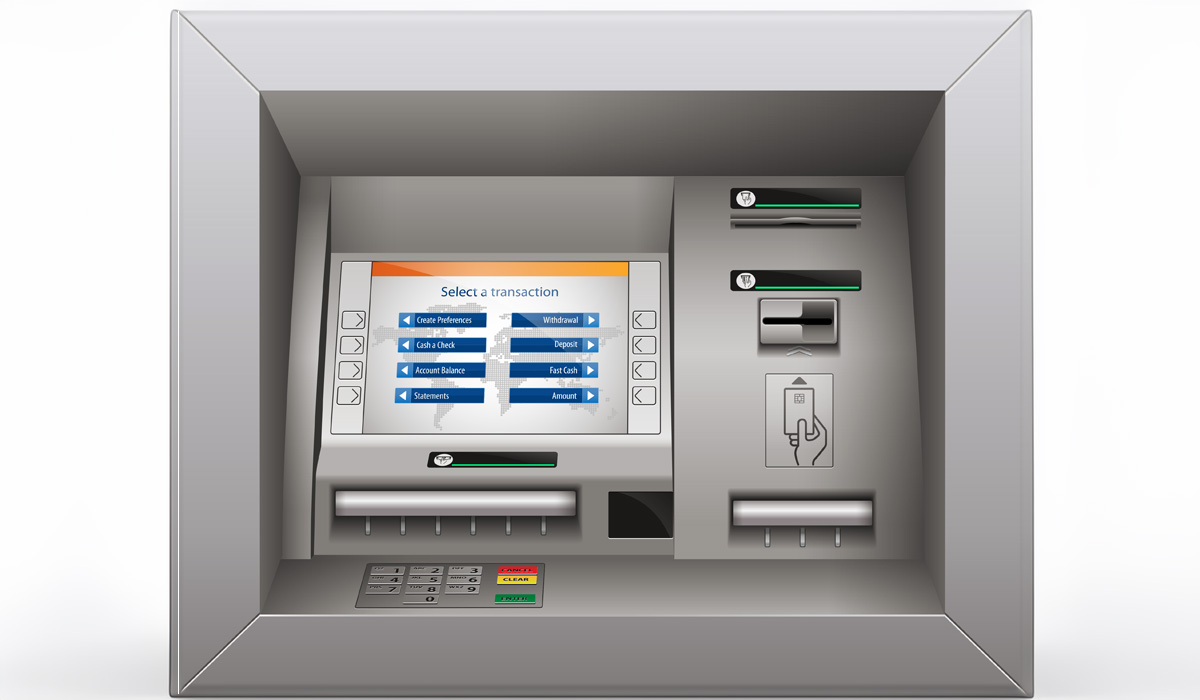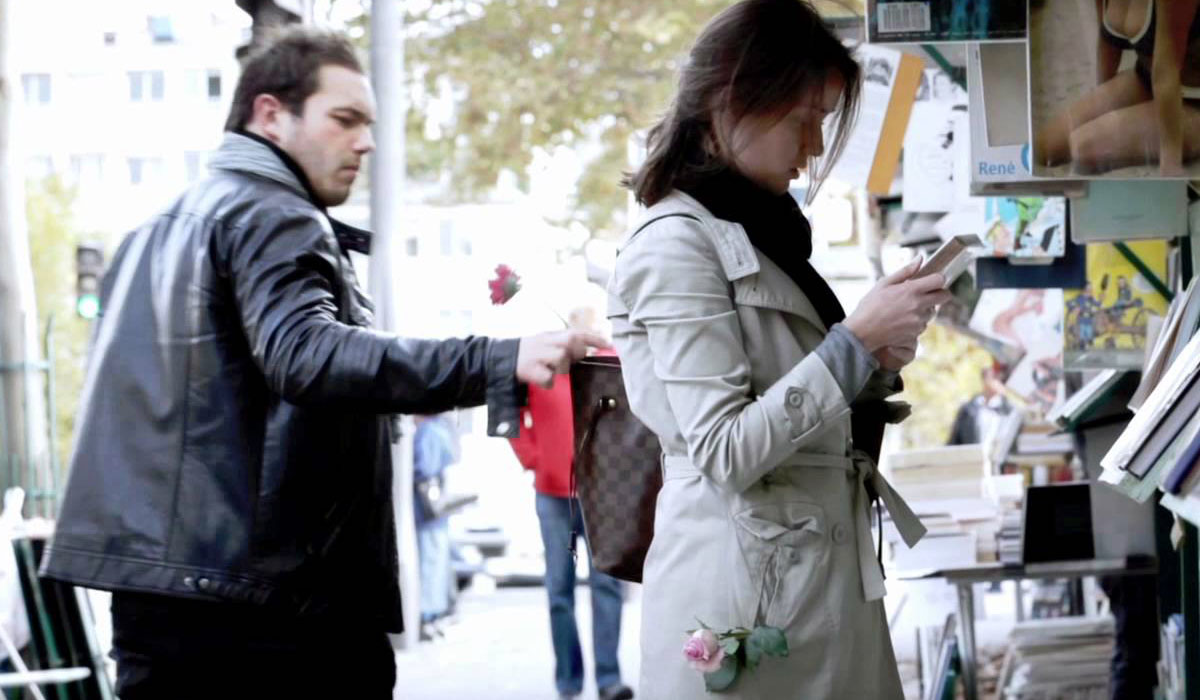Pompeii was buried under volcanic ash after Mount Vesuvius erupted in 79 A.D., destroying the city and its residents. However, new research reveals there was more to the city’s end.
New Study Reveals Earthquake Contributed to Pompeii’s Destruction
A study published in Frontiers in Earth Science last month shows that Pompeii was also hit by a massive earthquake at the same time as the eruption. This new finding changes our understanding of how Pompeii was destroyed and highlights how fresh research can uncover new details about well-known historical sites.
Historical Accounts and Modern Evidence: Confirming the Earthquake Theory
Although it was suspected that an earthquake contributed to Pompeii’s destruction, no evidence had been found until now. Ancient writer Pliny the Younger mentioned that the eruption was accompanied by strong tremors, but this was not confirmed until recently. Dr. Domenico Sparice and his team from Italy’s National Institute of Geophysics and Volcanology investigated this issue.
Dr. Sparice noted that past excavations of Pompeii did not include experts in archaeoseismology, the study of earthquakes in ancient buildings. The input from these specialists was crucial to the new discovery.
Evidence from the Insula of the Chaste Lovers: Earthquake Damage Identified
The team studied a specific area of Pompeii called the Insula of the Chaste Lovers, which includes a bakery and a house with unfinished paintings. Their analysis showed that the damage in this area was caused by an earthquake, not just the eruption. They ruled out other causes like falling debris and compared the damage to known effects of earthquakes on historical buildings.
Skeletons and Building Collapses: Insights into Pompeii’s Final Moments
The excavation of Pompeii also uncovered a pair of skeletons buried under wall fragments. One skeleton showed signs of trying to take cover. Researchers believe that these Romans were killed when buildings collapsed during the earthquake, as their injuries match those seen in modern earthquake victims.
Revised Timeline: How Volcanic Ash and Earthquake Combined to Destroy Pompeii
The new timeline of Pompeii’s destruction is as follows: First, small volcanic stones fell for 18 hours, causing many roofs to collapse and killing people who tried to find shelter. Next, an earthquake, triggered by the eruption, shook the city and killed even more people. Finally, large flows of ash and debris covered the city, sealing its fate forever.
Interdisciplinary Research: Bringing New Perspectives to Pompeii Excavations
Kevin Dicus, an archaeologist from the University of Oregon who has worked on Pompeii excavations, called the new evidence “amazing” and emphasized the value of using different kinds of expertise to make new discoveries. He noted that combining fields like architecture, data science, and forensic anthropology helps us learn more about the lives of Pompeii’s people, not just their deaths.
Implications for Other Cities: Investigating Vesuvius’s Broader Impact
Dr. Sparice and his team’s approach could also help understand how Vesuvius’s eruption affected other cities, not just Pompeii. Other cities, such as Oplontis, Stabiae, or Herculaneum, were likely impacted by the earthquake as well. Now that researchers know what to look for, they can investigate these nearby areas.
Future Research: Exploring Unexamined Areas and Reassessing Past Findings
The study also suggests that some building collapses in Pompeii might have been wrongly attributed to volcanic activity when they were actually caused by the earthquake. Dr. Sparice and his team are now exploring other parts of Pompeii to uncover more information about the eruption and its effects on the city and its people.








